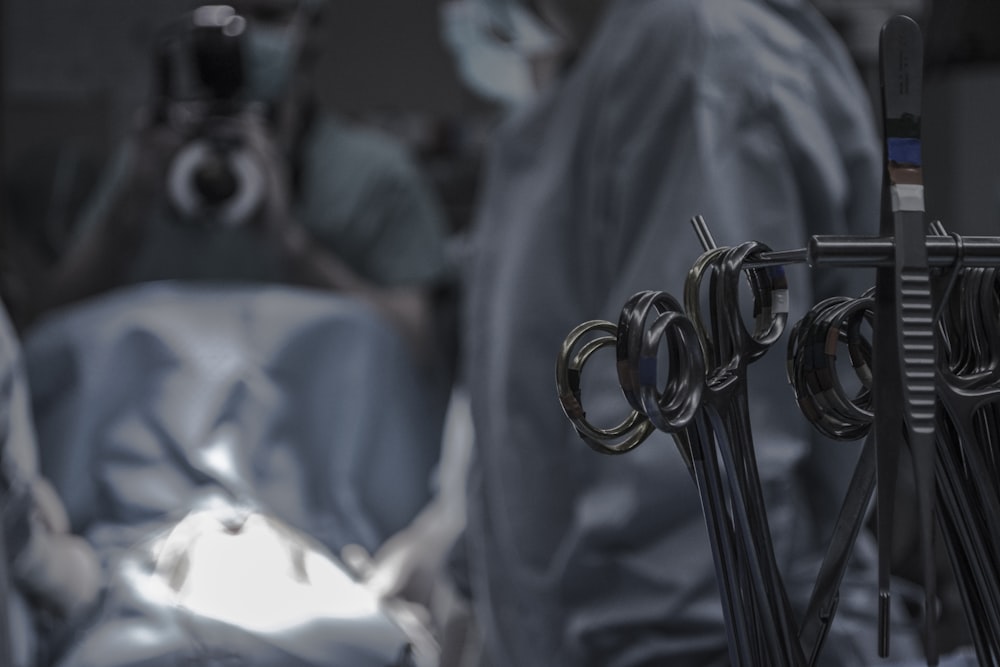目次
両側同時TKAと片側TKA後の理学療法って同じで良いの?
変形性膝関節症に対する手術療法として増えているのが両側同時人工膝関節全置換術です.
両側同時TKA後のデータも少しずつ出てきておりますが,後療法って片側TKA後の場合と同様で良いのでしょうか?
今回は両側同時TKAと片側TKA後の理学療法って同じで良いのかを考えるうえで参考になる論文をご紹介させていただきます.

今回ご紹介する論文
Arch Orthop Trauma Surg. 2023 Sep 26. doi: 10.1007/s00402-023-05065-9. Online ahead of print.
Comparison of time courses in postoperative functional outcomes between simultaneous bilateral and unilateral total knee arthroplasty with propensity score matching
Tomohiro Oka 1 2, Osamu Wada 3, Kiyonori Mizuno 4
Affiliations expand
PMID: 37750909 DOI: 10.1007/s00402-023-05065-9
今回ご紹介する論文は2023年に掲載された論文です.
研究の目的
Introduction/objectives: No consensus has been reached on which is better in terms of functional outcomes between simultaneous bilateral and unilateral total knee arthroplasty (TKA). As patient characteristics, such as age, sex, and body mass index, have significant effects on functional outcomes after TKA, these factors should be matched before comparisons are made. This study aimed to compare time courses in functional outcomes between simultaneous bilateral TKA and unilateral TKA after matching the patient characteristics.
両側同時人工膝関節全置換術(TKA)と片側人工膝関節全置換術(TKA)では機能的転帰の点でどちらが優れているかについてのコンセンサスは得られておりません.
年齢,性別,肥満度などの対象者の属性はTKA後の機能的転帰に大きく影響するため,比較を行う前にこれらの因子を一致させる必要があります.
この研究では対象者の基本属性をマッチングさせたうえで,両側同時TKAと片側TKAの機能的転帰の術後経過を比較することを目的としております.
研究の方法
Materials and methods: In this retrospective study, the clinical records of patients admitted to a hospital were reviewed. Of 425 patients, 43 underwent simultaneous bilateral TKA, whereas 382 underwent unilateral TKA. Propensity score matching was performed for age, sex, and body mass index between simultaneous bilateral and unilateral TKA patients. Therapists measured pain intensity, knee extensor strength, and knee-specific functional outcomes by using the new knee society score, including total score, symptoms, patient satisfaction, patient expectations, and functional activities preoperatively and 3 and 12 months postoperatively. Two-way repeated analysis of variance was performed to compare the time courses in functional outcomes between simultaneous bilateral and unilateral TKA.
この後方視的研究ではある病院に入院した症例の臨床記録をレビューしております.
425例中,43例が両側同時TKAを受け,382例が片側TKAを受けております.
両側同時TKA症例と片側TKA症例の間で年齢,性別,BMIについて傾向スコアマッチングを行っております.
セラピストは疼痛強度,膝伸展筋力,膝特有の機能的アウトカムを術前および術後3ヵ月と12ヵ月にトータルスコア,症状,満足度,患者の期待,機能的活動を含むnew knee society scoreを用いて測定しております.
二元配置反復分散分析を行い,両側同時TKAと片側TKAの機能的転帰の時間経過を比較しております.
研究の結果
Results: After propensity score matching, 40 patients each for underwent bilateral TKA and unilateral TKA were selected. Knee extensor strength in simultaneous bilateral TKA patients was significantly lower than that in unilateral TKA patients at 3 months postoperatively (p = 0.04). A significant interaction was observed between the effects of time and group on knee extensor strength (F [1, 78] = 3.338; interaction: p = 0.042; η2 = 0.052). No significant interactions were found among the other variables measured.
傾向スコアマッチングの結果,両側TKAと片側TKAを施行した症例をそれぞれ40名ずつ抽出しております.
両側同時TKA,の術後3ヵ月時の膝伸展筋力は片側TKA,よりも有意に低い結果でありました(p = 0.04).
膝伸展筋力に対する時間と群の影響には有意な交互作用が認められました(F [1, 78] = 3.338; 交互作用: p = 0.042; η2 = 0.052).
測定された他の変数の間に有意な交互作用は認められませんでした.
研究の結論
Conclusions: Patients who underwent simultaneous bilateral TKA should undergo postoperative rehabilitation focused on alleviating delayed recovery in knee extensor strength during the acute phase.
両側同時TKAを受けた症例は,急性期における膝伸筋力の回復遅延を緩和することに焦点を当てた術後リハビリテーションを受けるべきであります.
今回は両側同時TKAと片側TKA後の理学療法って同じで良いのかを考えるうえで参考になる論文をご紹介させていただきました.
やはり両側同時TKAと片側TKA後では術後経過が異なるということですね.
特に両側同時TKAの場合には膝関節伸展筋力に着目して理学療法を行う必要がありそうですね.






